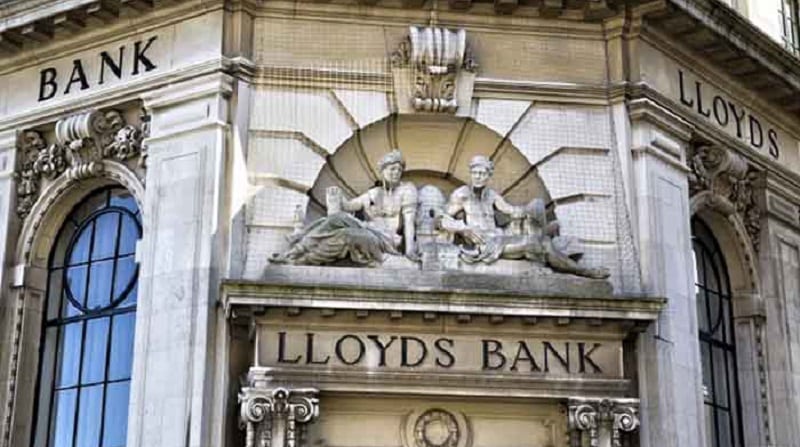The FTSE 100 bank delivered statutory profit before tax of £1.6bn over the first three months of the year, 23% higher compared with last year. Before factoring in exceptional items, the bank’s underlying profit was 6% higher, rising from £1.9bn to £2.0bn.
Net income came in 4% higher at £4.3bn, as the bank’s net interest margin rose from 2.8% to 2.93%, thanks to its acquisition of the MBNA credit card book.
The bank’s performance was helped considerably by lower PPI costs of £90m, which were 74% lower than Q1 2017’s costs of £350m.
Despite an improving picture of profitability at the big four bank, the bank’s shares opened 0.74% lower and continued falling Wednesday morning until they were 1.7% lower than the previous close at 65.1p.
Stubborn share price
Hargreaves Lansdown investment analyst Laith Khalaf said Lloyds’ shares have almost consistently traded below 70p for the past five years.
Khalaf said when Antonio Horta Osorio became CEO seven years ago he “took over a business that was needing a lot of work” and had just posted an annual loss. Yet, its current share price is not much higher than the 62p it was at the time.
Khalaf said “there is a lot of negative sentiment toward the UK macro environment baked into the Lloyds share price”. Last year, it posted a £3.5bn profit with little movement in the share price.
But he said investors are being paid to wait for sentiment to shift with Lloyds expected to yield in excess of 5%.
PPI
Lloyds’ elusive share price seems even more inexplicable when considering that the bank’s PPI costs are much lower than last year, said Khalaf.
Of the big four banks, Lloyds is “the largest source of compensation” and thus would benefit the most from PPI disappearing into the rear-view mirror.
Despite having another 18 months to go before the Financial Conduct Authority’s claims deadline, Khalaf says investors have been “well rewarded by a decent income stream” since the bank resumed dividend payouts three years ago.
Funds’ allocations
Liontrust’s Jamie Clark has been upping his exposure to Lloyds since February as part of a tactical value play based on assumptions that rates will rise faster than the market anticipates.
A number of other managers, from Neil Woodford to Richard Buxton and LGIM’s Stephen Message, have taken a punt on Lloyds, as part of a wider contrarian outlook on the UK economy post-Brexit.
Retail UT and Oeics with the highest allocation to Lloyds
| Fund | Weighting |
| Jupiter UK Growth | 6.77% |
| HC Charteris Premium Income | 5.55% |
| Schroder UK Alpha Plus | 5.54% |
| Premier Monthly Income | 4.94% |
| Artemis Capital | 4.93% |
| JOHCM UK Equity Income | 4.86% |
| Premier Optimum Income | 4.85% |
| LF Woodford Income Focus | 4.85% |
Source: FE Analytics







